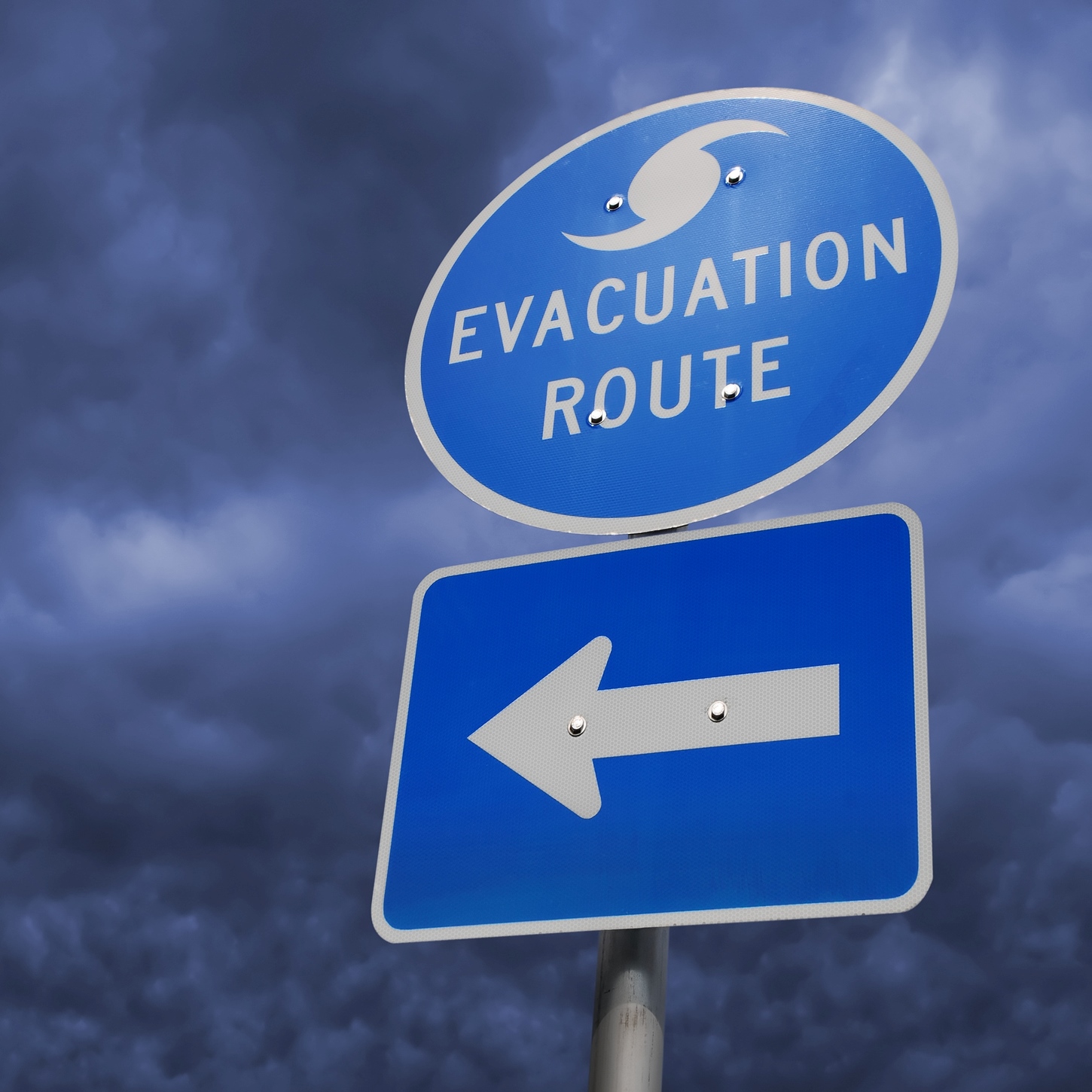Economy
As Tropical Storm Colin Nears Florida, Hurricane Expense Could Hit $535 Billion for Season

Published:
Last Updated:

Tropical Storm Colin has started to lash Florida with heavy rain and wind. Governor Rick Scott set a state of emergency for much of the state. Compared to the damage a large hurricane would cause, Colin likely will do only modest damage. Real estate research firm CoreLogic has set possible financial hurricane damage at over $500 billion, if storms exact the maximum damage forecast by its model of home replacement costs.
The research firm recently released its conclusions:
… 2016 Storm Surge Report which concludes that more than 6.8 million homes on the Atlantic and Gulf coasts are at potential risk of damage from hurricane storm surge inundation with a total reconstruction cost value of more than $1.5 trillion . In addition to the number of homes at risk, the analysis also provides the reconstruction cost value (RCV), which is the cost to completely rebuild a property in case of damage, including labor and materials by geographic location, assuming a worst-case scenario at 100-percent destruction. Using more advanced and granular data than in previous years, the 2016 analysis shows an increase from 2015 in the overall number of homes at risk of storm surge as well as an increase in the reconstruction value of these homes. Despite the overall increases, the 2016 analysis shows a decrease in the most extreme category for both the number and value of homes at risk.
The risk for Florida was set at a maximum of $535 billion. CoreLogic analysts explained:
At the state level, Texas and Florida, which have the longest coastal areas, consistently have more homes at risk than other states. Florida ranks first with 2.7 million at-risk homes across the five risk categories and Texas ranks third with 531,169 at-risk homes. Since the number of homes at risk strongly correlates with the accompanying RCV, these two states rank first and fifth, respectively for having the largest RCV. States with less coastal exposure but lower-lying elevations that extend farther inland, such as Louisiana (ranked second at 800,521 at-risk homes) and New Jersey (ranked fourth at 468,823 at-risk homes), tend to have more total homes at risk because of the potential for surge water to travel farther inland. Louisiana and New Jersey are also near the top of the list for RCV, with Louisiana totaling $184 billion (ranked second) and New Jersey totaling $139 billion (ranked fourth).
A scary set of forecasts, but are they likely to happen? Based on the CoreLogic data, no.
The Average American Is Losing Momentum On Their Savings Every Day (Sponsor)
If you’re like many Americans and keep your money ‘safe’ in a checking or savings account, think again. The average yield on a savings account is a paltry .4%1 today. Checking accounts are even worse.
But there is good news. To win qualified customers, some accounts are paying more than 7x the national average. That’s an incredible way to keep your money safe and earn more at the same time. Our top pick for high yield savings accounts includes other benefits as well. You can earn up to 4.00% with a Checking & Savings Account today Sign up and get up to $300 with direct deposit. No account fees. FDIC Insured.
Click here to see how much more you could be earning on your savings today. It takes just a few minutes to open an account to make your money work for you.
Thank you for reading! Have some feedback for us?
Contact the 24/7 Wall St. editorial team.